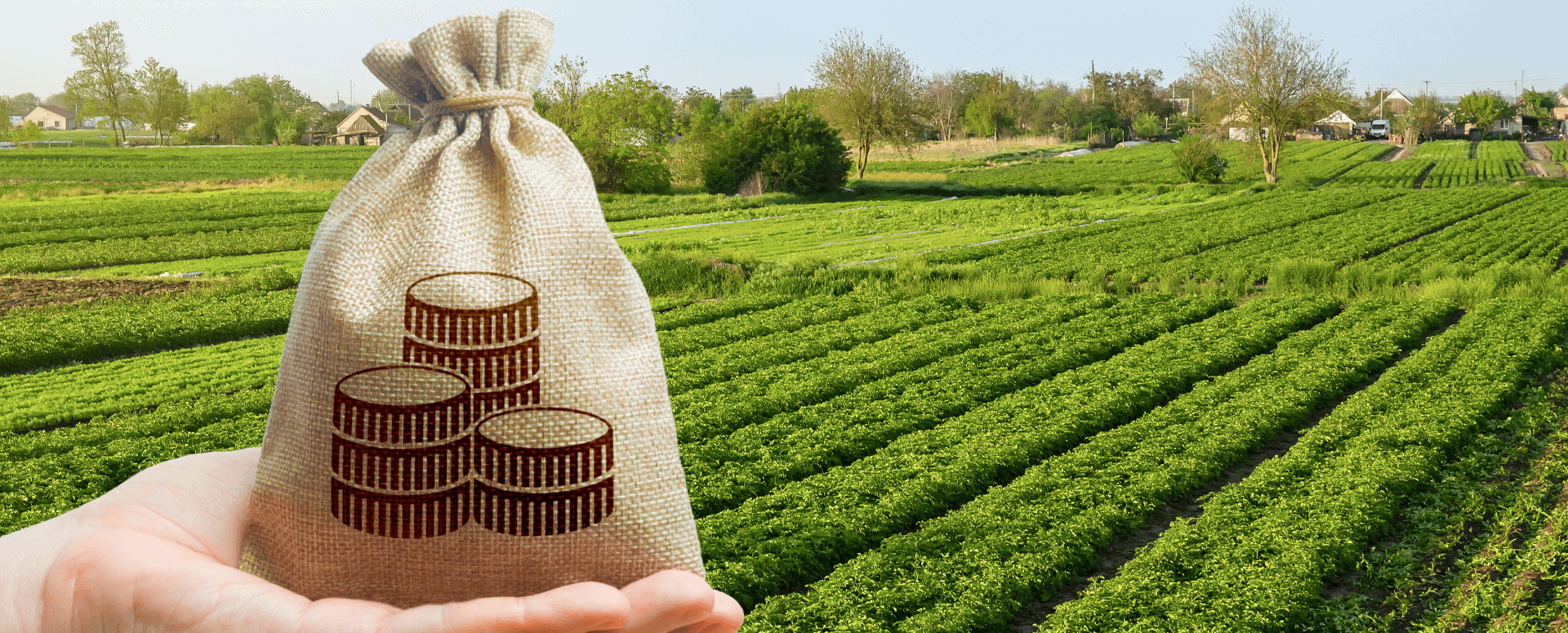Landowners in Victoria must navigate a complex framework of land tax regulations, including the Primary Production Land (PPL) tax exemption and the Vacant Residential Land Tax (VRLT). Understanding these provisions is crucial to ensuring compliance while optimising potential tax benefits.
Primary Production Land Tax Exemption
Eligibility for Exemption
Under section 65 of the Land Tax Act 2005 (Vic), land wholly located outside Greater Melbourne is eligible for a land tax exemption, if it is used primarily for primary production. Each parcel of land is assessed separately, meaning multiple parcels may qualify independently for the exemption.
Primary production activities that meet the exemption criteria include:
- Cultivation of plants or crops for sale;
- Maintenance of animals or poultry for sale or for their produce;
- Keeping bees for honey production;
- Commercial fishing operations;
- Cultivation or propagation of plants, seedlings, mushrooms, or orchids for sale.
To qualify, the activity must be the land’s primary use and conducted with the intent of selling the produce. While processing agricultural goods is considered secondary production and not exempt, land primarily used for primary production with ancillary processing may still qualify. Additionally, land being prepared for primary production within 12 months may also be eligible for exemption under certain conditions.
Additional Exemptions Under Sections 66, 67 & 68
Beyond section 65, additional exemptions may be available under the following provisions of the Land Tax Act 2005 (Vic):
- Section 66 – Land Used for Primary Production in Non-Rural Areas: This exemption applies to land in Greater Melbourne that is not in an urban zone and is primarily used for primary production. Eligible activities include growing crops, keeping livestock or poultry for sale, beekeeping and commercial fishing. The land must have a clear commercial intent with produce intended for sale. The exemption is only available if the land is owned by individuals or a company that is not a trustee.
- Section 67 – Land Used for Primary Production in Urban Areas: This exemption applies to land in both Greater Melbourne and an urban zone, if it is primarily used for a business of primary production. The business must be conducted on a commercial scale with a genuine profit-making intent, excluding hobby farms and incidental agricultural use. The exemption is only available if the land is owned by individuals who are engaged in a primary production business on the land, or by a company or trustee where all shareholders or beneficiaries are engaged in such a business.
- Section 68 – Land Being Prepared for Primary Production: This provision offers temporary relief for land being actively prepared for primary production use. To qualify, the Commissioner must be satisfied that the land will meet exemption requirements within 12 months, with a possible extension of up to another 12 months. Evidence of substantial preparatory activities is generally required.
Vacant Residential Land Tax (VRLT)
General Liability
VRLT applies to certain residential land in Victoria that remains unoccupied for at least six months in a calendar year. It is calculated at:
- 1% of the Capital Improved Value (CIV) in the first year of liability,
- 2% in the second consecutive year,
- 3% from the third consecutive year onwards.
For example, if the CIV of the relevant land is $2,500,000, VRLT in the first year would be $625,000.
Interaction with PPL Exemption and Considerations for Multiple Parcels
Land that qualifies for a PPL tax exemption is also exempt from VRLT. Therefore, landowners securing full PPL exemption on their property will not need to pay VRLT. However, if any portion of the land remains subject to land tax, VRLT obligations may still arise.
For landowners with multiple parcels, each parcel is assessed separately for land tax and VRLT. This means that if one parcel qualifies for the PPL exemption and another does not, VRLT may still apply to the ineligible parcel. Strategic consideration of land use and structuring ownership to maximize PPL exemptions can be critical in mitigating VRLT liabilities.
Notification Requirements
If VRLT applies, landowners must notify the SRO annually. Failure to notify may result in penalties. If an exemption is sought but the SRO issues an assessment before approval, landowners may need to either pay and seek a refund or request an amended assessment.
Further Considerations
- VRLT applies to land deemed suitable for residential use, even if a dwelling is not currently occupied.
- Exemptions may be available based on land use, ownership structures and the duration of vacancy.
- If a property becomes occupied for at least six months, VRLT will no longer apply.
- The tax applies broadly to vacant land and properties deemed to be underutilised, making it essential to review land use annually to ensure compliance.
Conclusion
Maximising tax exemptions requires careful assessment of land use and timely compliance with SRO requirements. Landowners seeking a PPL exemption should ensure their primary production activities meet legislative criteria, while those facing VRLT liabilities should explore exemption options such as securing a full land tax exemption through primary production status. Given the complexities involved, obtaining professional advice and considering a private ruling from the SRO may be beneficial before proceeding with applications or objections. If you require assistance with applying for an exemption or objecting to a land tax assessment, please contact Dennis Danaher or Will Xian.




